Throughout history, secret rituals have captured the imagination and curiosity of people across cultures. These ceremonies, often hidden from the public and reserved for select initiates, were designed to offer spiritual enlightenment, power, or protection. Some aimed to connect with divine forces, while others involved complex rites of passage or symbolic death and rebirth. In this article, we explore some of the most intriguing secret rituals from history that continue to mystify us today.
The Eleusinian Mysteries
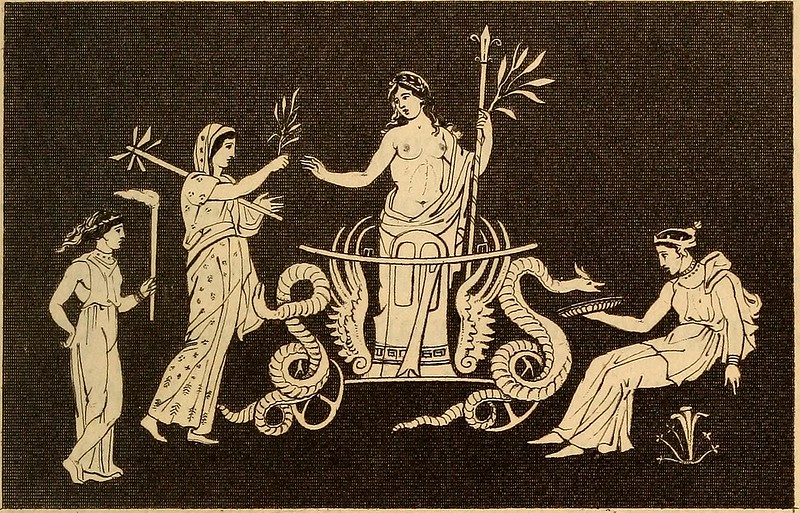
The Eleusinian Mysteries were secret religious rites held in ancient Greece in honor of the goddesses Demeter and Persephone. These rituals, performed annually in the town of Eleusis, were considered essential for the initiates, who believed they would gain insights into life, death, and the afterlife. While much about the ceremonies remains a mystery, we know that participants underwent fasting and purification before entering the sacred site. Inside the Telesterion, a hall dedicated to initiation ceremonies, the initiates witnessed sacred rites believed to symbolize the rebirth of Persephone from the underworld. Only a select few, known as hierophants, could access the most sacred chamber, the Anaktoron, which held the holy relics of the cult. The Mysteries lasted for over a millennium, attracting people from across the Greek world, and their influence extended even into Roman times. Despite the secrecy, the rites became so popular that notable figures like Socrates and Plato were known to have participated.
The Mithraic Mysteries
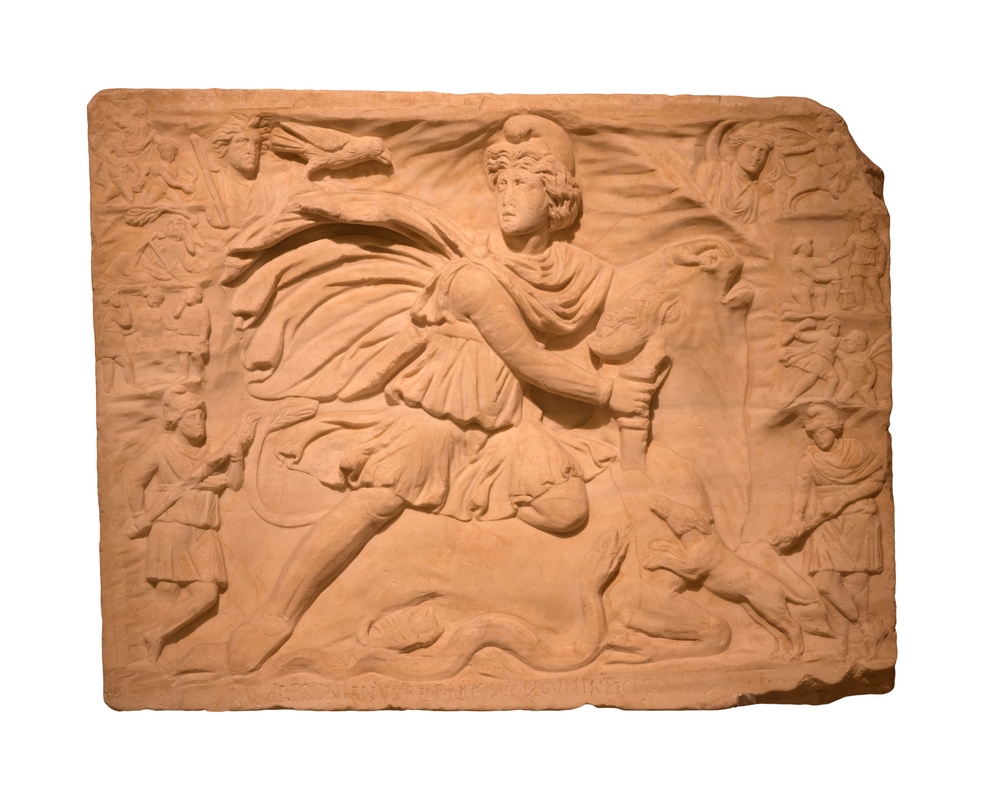
The Mithraic Mysteries were a secret religious cult popular among Roman soldiers between the 1st and 4th centuries CE. This male-only religion centered around the god Mithras, a deity of Persian origin who symbolized strength, loyalty, and the cosmic struggle between good and evil. Initiates underwent a series of seven levels of initiation, with each level representing a stage in their spiritual journey. These rites took place in underground temples called Mithraea, where initiates would reenact the slaying of the sacred bull by Mithras, a central myth in the cult. A communal meal of bread and wine was often part of the ceremony, reminiscent of Christian practices, though Mithraism and Christianity were separate religious movements. Despite its secrecy, Mithraism spread across the Roman Empire, but it gradually disappeared with the rise of Christianity.
The Cult of Cybele and the Galli

The Cult of Cybele, originating in Phrygia and later adopted by the Romans, was one of the most dramatic and emotional religious movements of the ancient world. Cybele, known as the Great Mother, was worshipped with intense devotion, particularly by the Galli, her priesthood. The Galli were known for their extreme acts of self-mutilation, including castration, as part of their dedication to the goddess. These rituals were ecstatic and chaotic, involving music, dancing, and the public display of self-harm. The cult’s annual spring festival, known as the Megalesia, included the reenactment of Cybele’s lover, Attis, who dies and is resurrected—a myth that symbolized the renewal of nature. The Roman state officially adopted the cult in the 3rd century BCE, but many Romans remained uneasy with its foreign and frenzied practices.
The Dionysian Mysteries
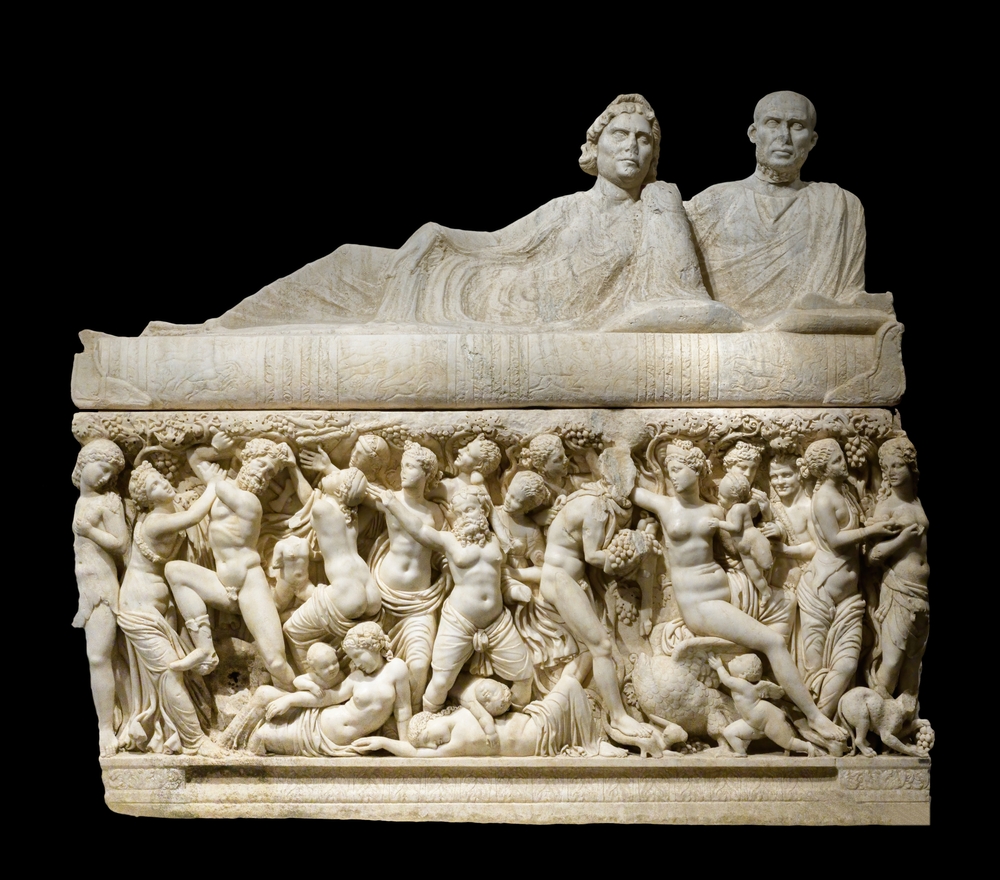
The Dionysian Mysteries, dedicated to Dionysus, the god of wine and ecstasy, were secret rites practiced in ancient Greece and later in Rome. These rituals, often associated with wild and frenzied behavior, were designed to help participants reach a state of divine ecstasy and connect with the god. Initiates, both men and women, would partake in music, dance, and the consumption of wine, believing that they were temporarily possessed by Dionysus. The climax of the ritual involved the tearing apart of a live animal, symbolizing the dismemberment of Dionysus himself, followed by its consumption as part of the sacred feast. The frenzy of the rituals, known as “orgies,” aimed to free individuals from societal norms and connect them to the primal forces of nature. These rites were popular among the lower classes and women, as they offered an outlet for liberation from societal constraints. Despite their appeal, the Dionysian Mysteries were often viewed with suspicion by authorities due to their perceived potential to incite rebellion and chaos. The rites, however, persisted for centuries, influencing later religious and theatrical practices in the Greco-Roman world.
The Cult of Isis

The Cult of Isis was one of the most widespread mystery religions in the ancient Mediterranean, originating in Egypt and later spreading throughout the Roman Empire. Isis, the goddess of motherhood, magic, and fertility, was worshipped in secretive ceremonies that promised initiates a better understanding of the divine and the afterlife. Initiates would undergo purification rites, fasting, and abstinence before taking part in elaborate rituals, often conducted at night. The centerpiece of the cult’s myth was the death and resurrection of Isis’s husband, Osiris, which symbolized the eternal cycle of life, death, and rebirth. These rituals often involved processions, music, and the recitation of sacred texts that were thought to hold great power. The cult’s promise of personal salvation and a direct relationship with the goddess made it especially appealing to women and those seeking spiritual fulfillment outside the traditional Roman pantheon. Despite periods of persecution, the cult continued to thrive, with temples dedicated to Isis being found as far afield as Britain. The secrecy and allure of the rituals contributed to the cult’s longevity and influence, even into the Christian era.
The Freemasons
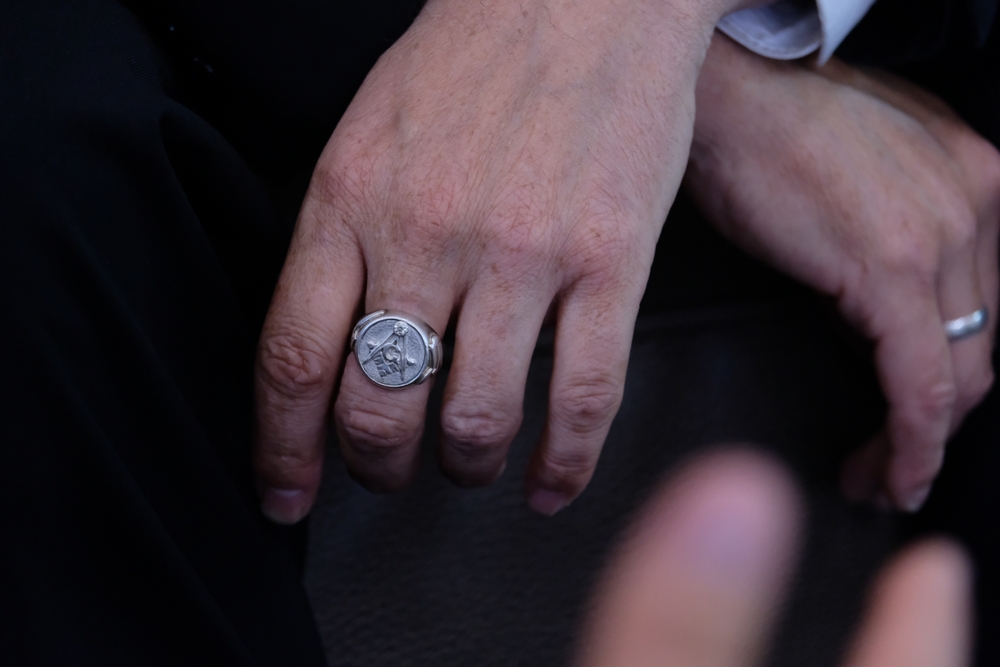
The Freemasons are perhaps the most famous secret society in history, with origins dating back to the medieval stonemason guilds of Europe. Though much of their symbolism and rituals have been made public, many of their initiation rites remain secret. It is built around a system of moral and spiritual teachings conveyed through allegories and symbols, particularly the square and compass. Initiates, known as apprentices, must undergo a series of degrees to gain full membership, with each degree representing a step in their spiritual and intellectual development. Freemason rituals often involve reenactments of biblical events, secret handshakes, and oaths of loyalty, all conducted in private lodges. The society promotes values such as brotherhood, charity, and truth, and members are required to believe in a Supreme Being, although Freemasonry is not tied to any specific religion. Despite accusations of conspiracy and political influence, they continue to play a significant role in charitable work worldwide.
The Illuminati

The Illuminati, founded in 1776 by Bavarian professor Adam Weishaupt, was a secret society with the aim of promoting Enlightenment ideals such as reason, secularism, and the separation of church and state. Members were drawn from the intellectual and political elite of Europe, and the society quickly gained a reputation for its clandestine activities and influence. It operated through a hierarchical system, with members advancing through various degrees, each revealing more of the society’s hidden knowledge. Communication was conducted through codes and ciphers, adding to the group’s mystique. Despite its relatively short lifespan—the Bavarian government outlawed the Illuminati in 1785—the society became the subject of numerous conspiracy theories, with some claiming that it still operates in secret today. Their influence on events such as the French Revolution has been widely debated, though no concrete evidence supports these claims.
The Skull and Bones Society

The Skull and Bones Society at Yale University, founded in 1832, is one of the most secretive collegiate organizations in the United States. Its members, known as “Bonesmen,” are drawn from Yale’s elite student body and have included many prominent figures, such as former presidents George H.W. Bush and George W. Bush. The society is famous for its strange initiation rituals, which are said to involve mock funerals where initiates lie in coffins while recounting their sexual histories. Their meeting place, referred to as “The Tomb,” is a windowless building where the society holds its secretive gatherings. The organization is believed to use cryptic symbols and engage in mysterious oaths, and its secrecy has spawned numerous conspiracy theories about its influence on global politics. Members remain loyal to the society for life, forming a powerful network that extends into the upper echelons of government and business. Despite its elite status and historical ties to Yale, the exact activities and rituals of Skull and Bones remain closely guarded secrets.
The Orphic Mysteries
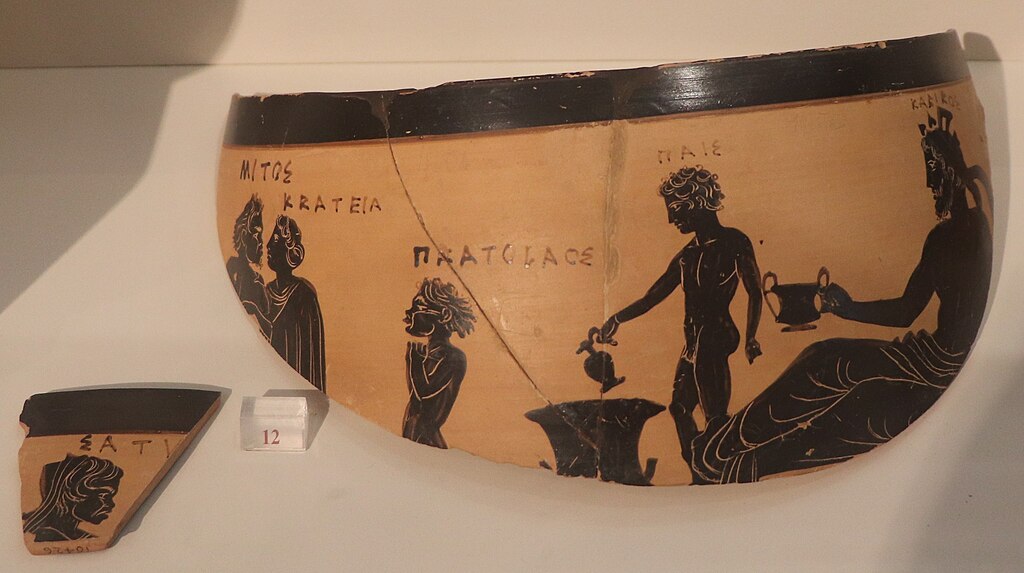
The Orphic Mysteries were an ancient Greek religious movement centered around the teachings and hymns attributed to the mythical figure Orpheus. This secretive cult focused on themes of death, rebirth, and the soul’s journey after death, which its followers believed could be influenced by participating in their sacred rituals. Initiates underwent purification rituals that included fasting, wearing specific garments, and engaging in symbolic rites of death and resurrection. They taught that the soul was divine but trapped in a cycle of reincarnation, which could be escaped through initiation and living a pure life. Music played a significant role in the rites, with the lyre, the instrument of Orpheus, believed to have divine powers to communicate with the gods. The cult’s followers practiced a strict lifestyle, including vegetarianism and abstinence from certain foods like beans. This influenced later religious traditions, including early Christianity, with its emphasis on spiritual enlightenment and the salvation of the soul through secret knowledge and rituals.
The Thuggee Cult
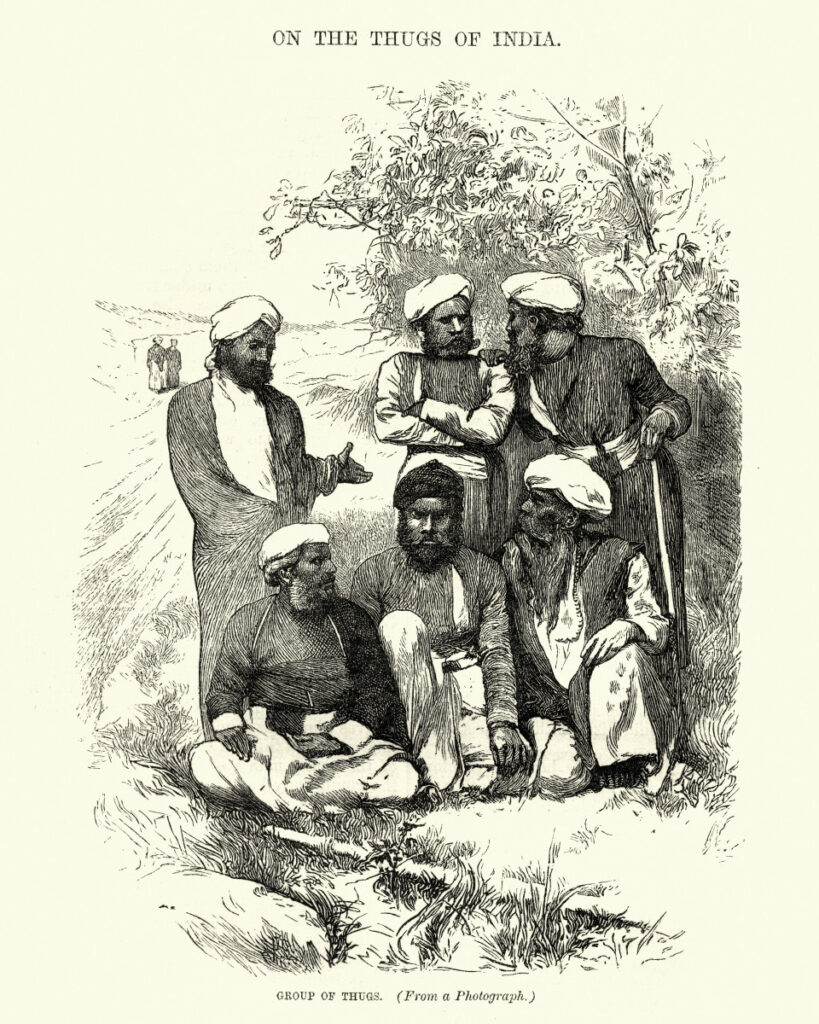
The Thuggee cult of India was notorious for its involvement in ritualistic murders, primarily through strangulation, in honor of the goddess Kali. Active from at least the 13th century until the early 19th century, they were organized into tight-knit groups that would travel under the guise of ordinary pilgrims or merchants. Once they gained the trust of unsuspecting travelers, they would carry out their ritual killings using a sacred cloth called a “rumal.” These murders were seen as religious offerings to Kali, who was believed to demand human sacrifices. The British colonial authorities eventually suppressed the cult in the 1830s, leading to the arrest and execution of many Thuggees. Estimates suggest that the cult was responsible for tens of thousands of deaths over the centuries. They believed that their victims were fated to die and that their ritual killings helped maintain cosmic balance by appeasing Kali. Though the cult has long been eradicated, its legacy lives on in folklore and literature, where the word “thug” derives from their name.
The Pythagorean Brotherhood
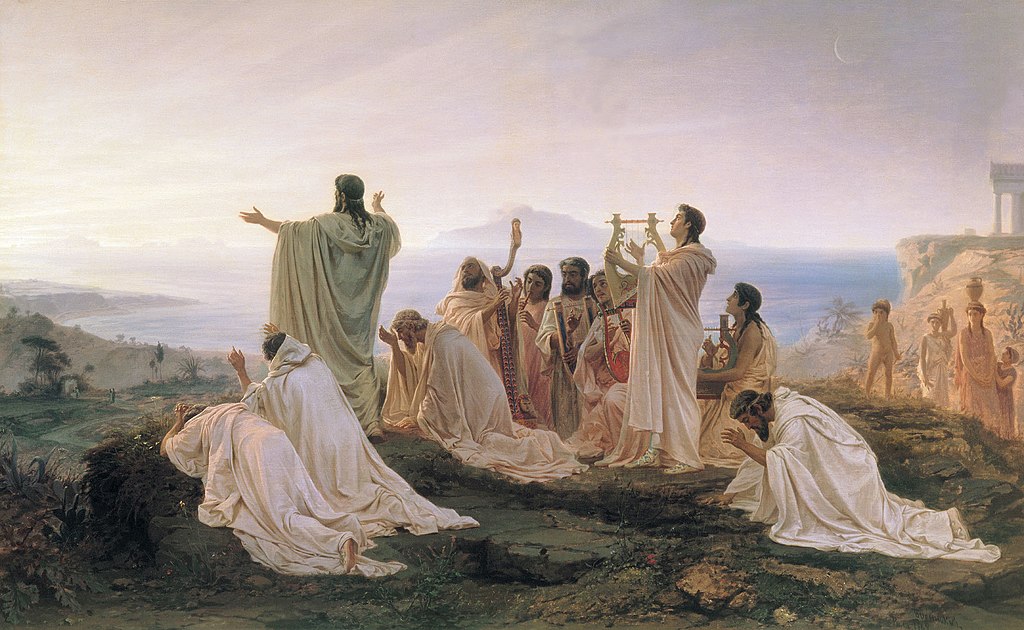
The Pythagorean Brotherhood, founded by the philosopher Pythagoras in the 6th century BCE, was more than a mathematical school—it was a secretive religious and philosophical society. Members of the brotherhood adhered to a strict code of conduct that included vegetarianism, communal living, and the pursuit of spiritual purity through the study of mathematics, music, and astronomy. Central to their beliefs was the idea that numbers held mystical properties and that understanding these properties could lead to enlightenment. Pythagoras himself was revered as a semi-divine figure within the brotherhood, and his teachings were passed down orally to preserve their secrecy. Initiates were required to undergo a five-year period of silence as part of their training, during which they were forbidden to speak to other members. They believed in the transmigration of souls and sought to purify the soul through intellectual and spiritual disciplines. Despite their influence on mathematics and philosophy, the brotherhood was eventually persecuted, and its members were forced to flee or go into hiding.
The Cult of Hecate

The Cult of Hecate, dedicated to the goddess of witchcraft, the moon, and the underworld, thrived in ancient Greece and later in the Roman Empire. Hecate was considered a liminal deity, ruling over thresholds, crossroads, and transitions, especially those between life and death. Her followers, often witches and magicians, performed nocturnal rites that involved offerings of food, especially cakes and eggs, left at crossroads to appease her. These rituals, known as “Hecate’s Suppers,” were conducted in secrecy and involved invocations of the goddess to gain her favor or assistance in magic. Hecate was also associated with necromancy, and her worshippers believed she could communicate with the dead. Her triple aspect, often depicted as a three-faced figure, represented her dominion over the past, present, and future. Although Hecate’s worship was initially confined to small groups of devotees, her cult gained prominence during the Hellenistic period and continued to influence magical practices throughout the Roman Empire and into the Middle Ages.
The Rosicrucians
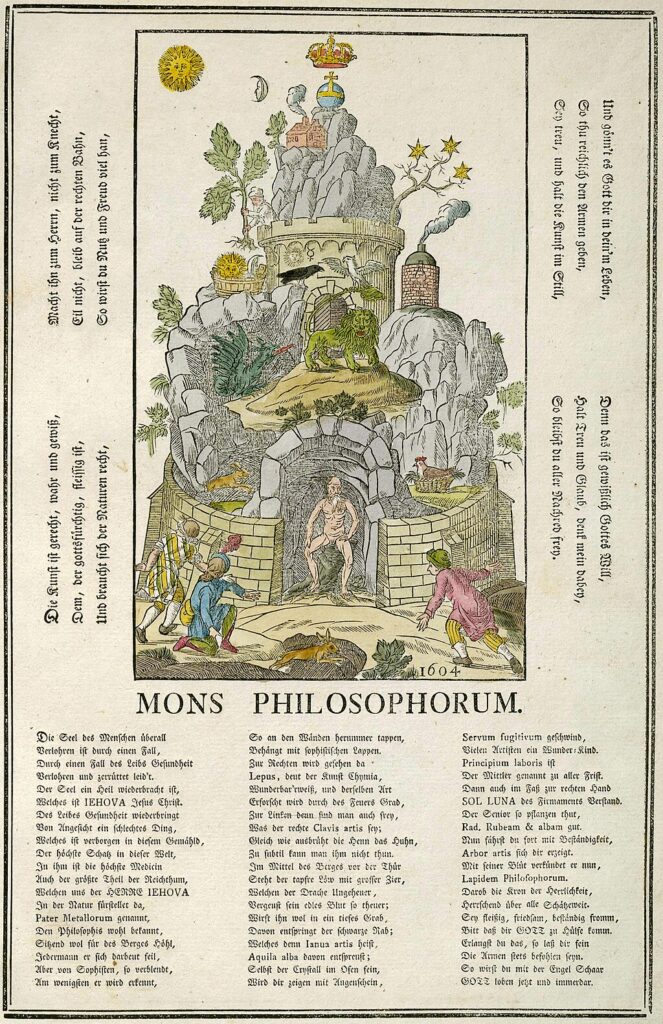
The Rosicrucians are a mystical secret society believed to have been founded in the early 17th century in Europe. The society is based on a blend of esoteric Christian teachings, alchemy, Hermeticism, and Kabbalistic philosophy. According to Rosicrucian texts, the order was founded by a mysterious figure named Christian Rosenkreuz, who traveled through the Middle East and learned secret knowledge that he passed on to his followers. The group’s central beliefs focus on spiritual enlightenment, the transformation of the self through mystical practices, and the pursuit of hidden wisdom. Although the existence of the Rosicrucians was publicized through a series of manifestos in the early 1600s, their rituals and teachings remained hidden from outsiders. Members are said to study alchemy, astrology, and the secrets of the universe, with the ultimate goal of spiritual ascension. The order’s influence can be seen in the later development of Freemasonry and other mystical traditions, and it continues to exist in various forms today, although much of its history remains shrouded in mystery.
This article originally appeared on Rarest.org.
More from Rarest.org
8 Oldest Restaurants In The World

Throughout history, some restaurants have stood the test of time, serving meals for hundreds of years and preserving culinary traditions along the way. These establishments offer not just food, but a journey into the past, with each bite steeped in centuries of history. Read More.
8 Largest McDonald`s Restaurants in the World

McDonald’s restaurants are known for their global reach, but some locations stand out not just for their food, but for their sheer size. Around the world, these massive branches offer unique dining experiences, from high-tech features to entertainment options. Read More.
9 Oldest U.S. Senators that Ever Lived
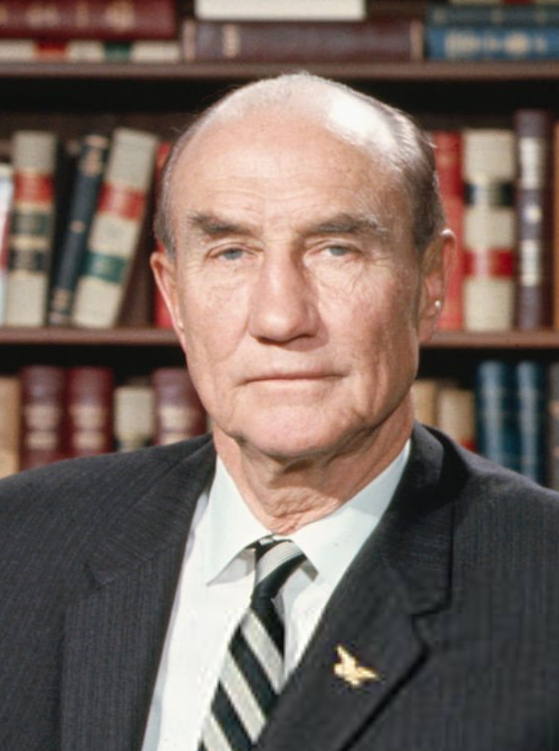
Some of the oldest U.S. Senators in history not only served for decades but did so well into their 80s and 90s, making a lasting impact on American politics. Their advanced age while in office didn’t hinder their influence or leadership, often cementing their legacies as powerful figures in the Senate. Read More.
